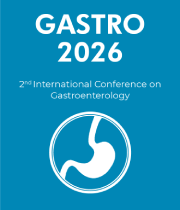Esophageal Atresia
Esophageal atresia is a rare congenital disorder that affects the esophagus, the muscular tube that connects the throat to the stomach. In this disorder, the esophagus is either abnormally divided into two sections, fused together, or completely absent. In some cases, the esophagus may be connected to the trachea (windpipe) or to the stomach by a fistula. This occurs when the esophagus does not form properly during fetal development. Most babies born with esophageal atresia have difficulty swallowing and may regurgitate food or fluids. The severity of the disorder depends on the complexity of the defect. Treatment may involve surgery, medication, and/or a feeding tube. The goal of treatment is to restore normal esophageal functioning and allow babies to eat and swallow normally. Esophageal atresia is often diagnosed prenatally via ultrasound. However, it can also be diagnosed after birth if the infant is exhibiting symptoms of difficulty swallowing or regurgitation. After diagnosis, a series of tests may be done to determine the exact type of defect and the best course of treatment. Surgery is usually recommended to repair the defect and restore normal esophageal functioning. Depending on the severity of the defect, it may be possible to repair the esophagus without the need for a gastrostomy tube. If a gastrostomy tube is necessary, it will be necessary to keep it in place for a period of time to allow the esophagus to heal. In some cases, medication and/or a feeding tube may be used to help the baby gain nutrition. For severe cases, a gastrectomy may be needed to completely remove the affected portion of the esophagus. Esophageal atresia can have long-term health complications, so regular follow-up visits with a gastroenterologist are important. With proper care and treatment, babies with esophageal atresia can lead normal, healthy lives.



